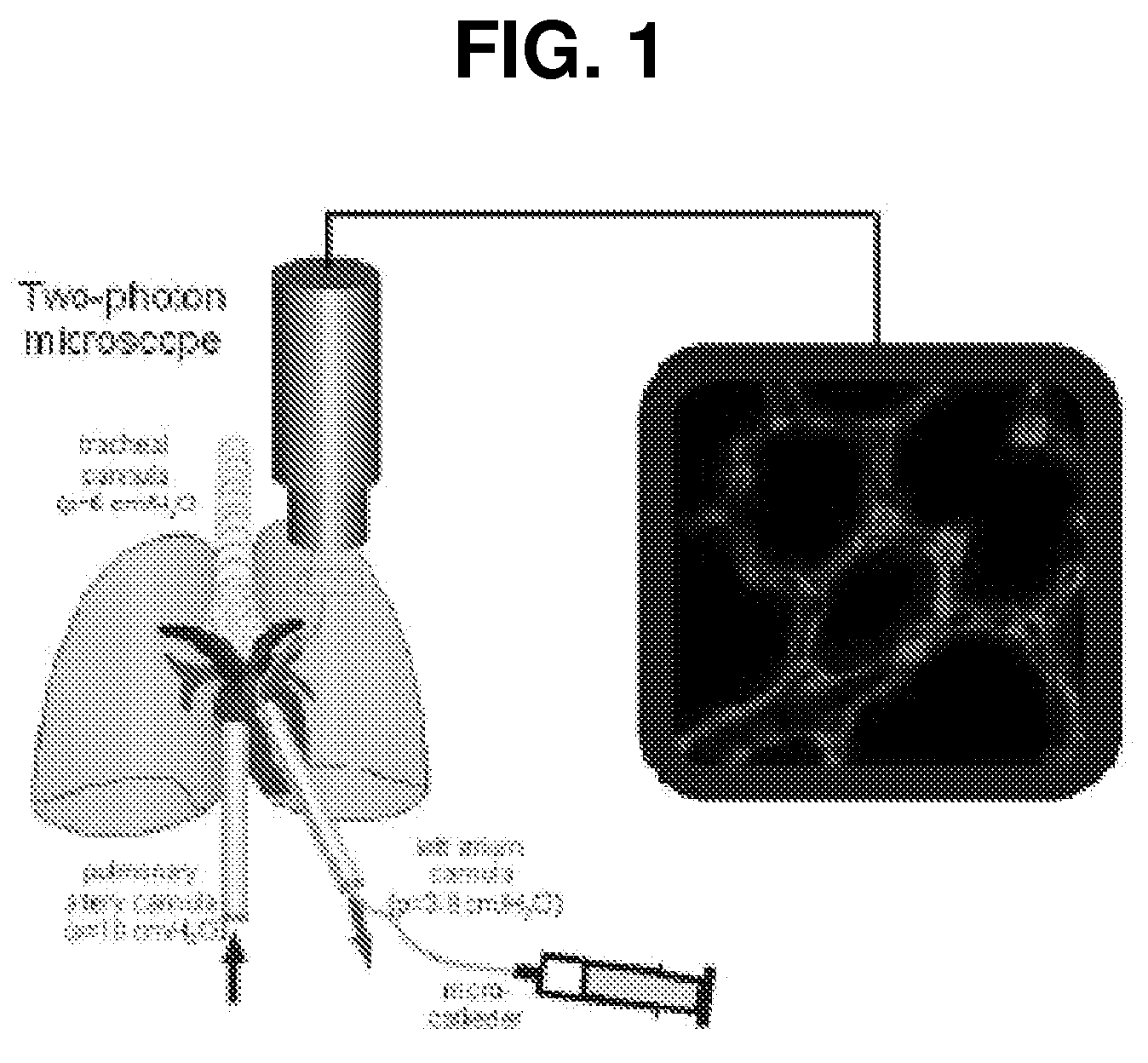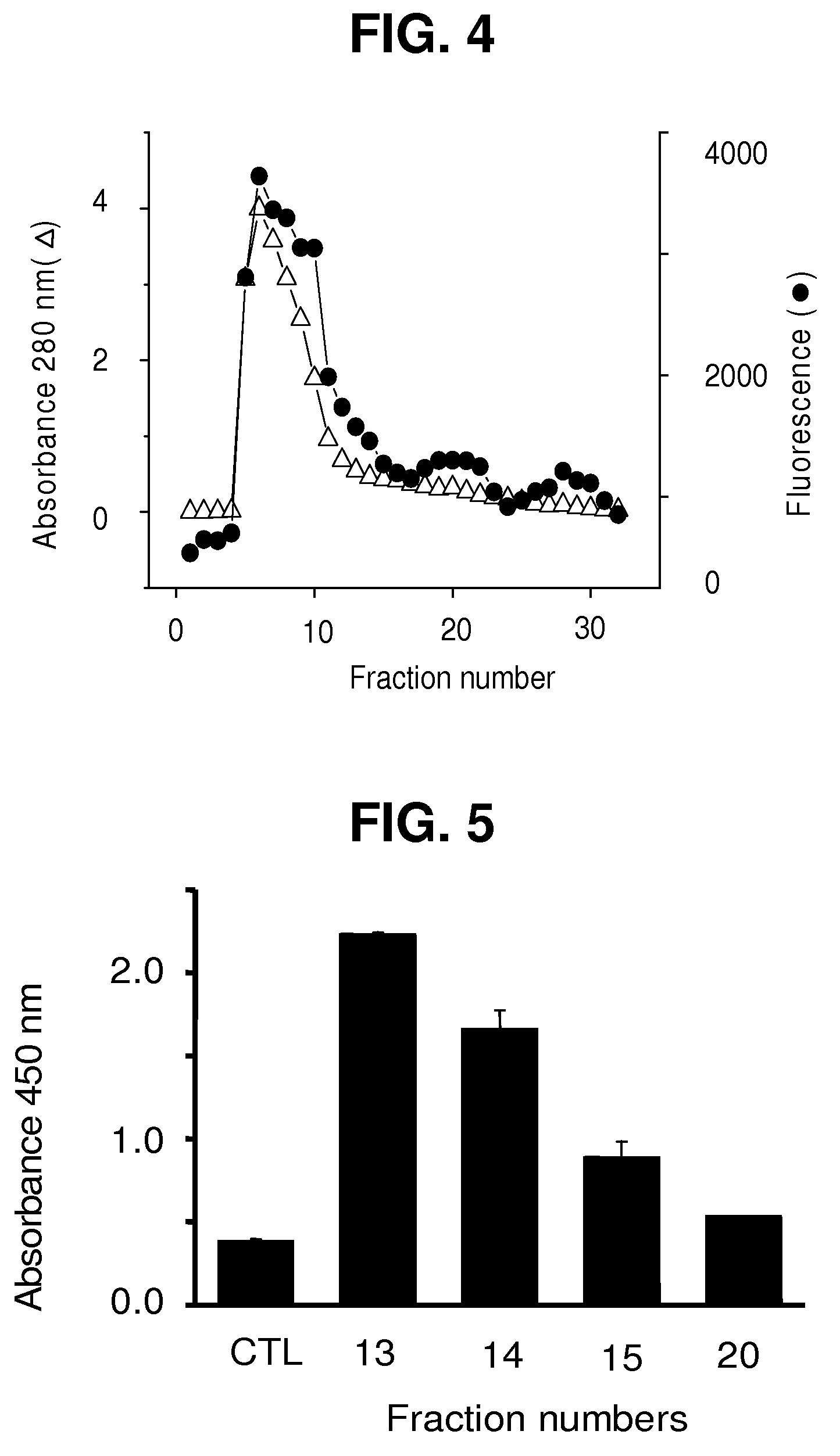Methods for treating adult respiratory distress syndrome
a respiratory distress syndrome and adult technology, applied in the field of adult respiratory distress syndrome, can solve the problems of multi-system organ failure, ards with an approximately 50% mortality rate, and developing ards critically ill, and achieve the effects of increasing interstitial fluorescence, high mortality and morbidity, and increasing ec barrier enhancemen
- Summary
- Abstract
- Description
- Claims
- Application Information
AI Technical Summary
Benefits of technology
Problems solved by technology
Method used
Image
Examples
example 1
Methods
[0137]A. Purification of Activated Focal Adhesion Kinase (FAKp)
[0138]We used methods known in the art for purifying activated FAKp. First we amplified recombinant Baculovirus containing histidine-tagged cDNA that encodes full-length mouse FAK (gift of Dr. Fumio Matsumura, Rutgers University), which is constitutively phosphorylated at tyrosine 397. The gene sequence, cDNA sequence and amino acid sequence of human FAK are known. The complete cds for Homo sapiens focal adhesion kinase mRNA, is ACCESSION NO: L05186; VERSION L05186.1; which also provides the amino acid sequence. The cDNA for making recombinant FAKp for use in the present invention would be a histidine-tagged cDNA that encodes full-length human FAK that is constitutively phosphorylated at tyrosine 397.
[0139]We infected insect cells with the virus to express FAKp, which was purified on a nickel affinity column. Each of fractions 13-20 of the eluate showed one major band on Coomassie staining, indicating the eluate c...
PUM
| Property | Measurement | Unit |
|---|---|---|
| pH | aaaaa | aaaaa |
| pH | aaaaa | aaaaa |
| concentrations | aaaaa | aaaaa |
Abstract
Description
Claims
Application Information
 Login to View More
Login to View More - R&D
- Intellectual Property
- Life Sciences
- Materials
- Tech Scout
- Unparalleled Data Quality
- Higher Quality Content
- 60% Fewer Hallucinations
Browse by: Latest US Patents, China's latest patents, Technical Efficacy Thesaurus, Application Domain, Technology Topic, Popular Technical Reports.
© 2025 PatSnap. All rights reserved.Legal|Privacy policy|Modern Slavery Act Transparency Statement|Sitemap|About US| Contact US: help@patsnap.com



